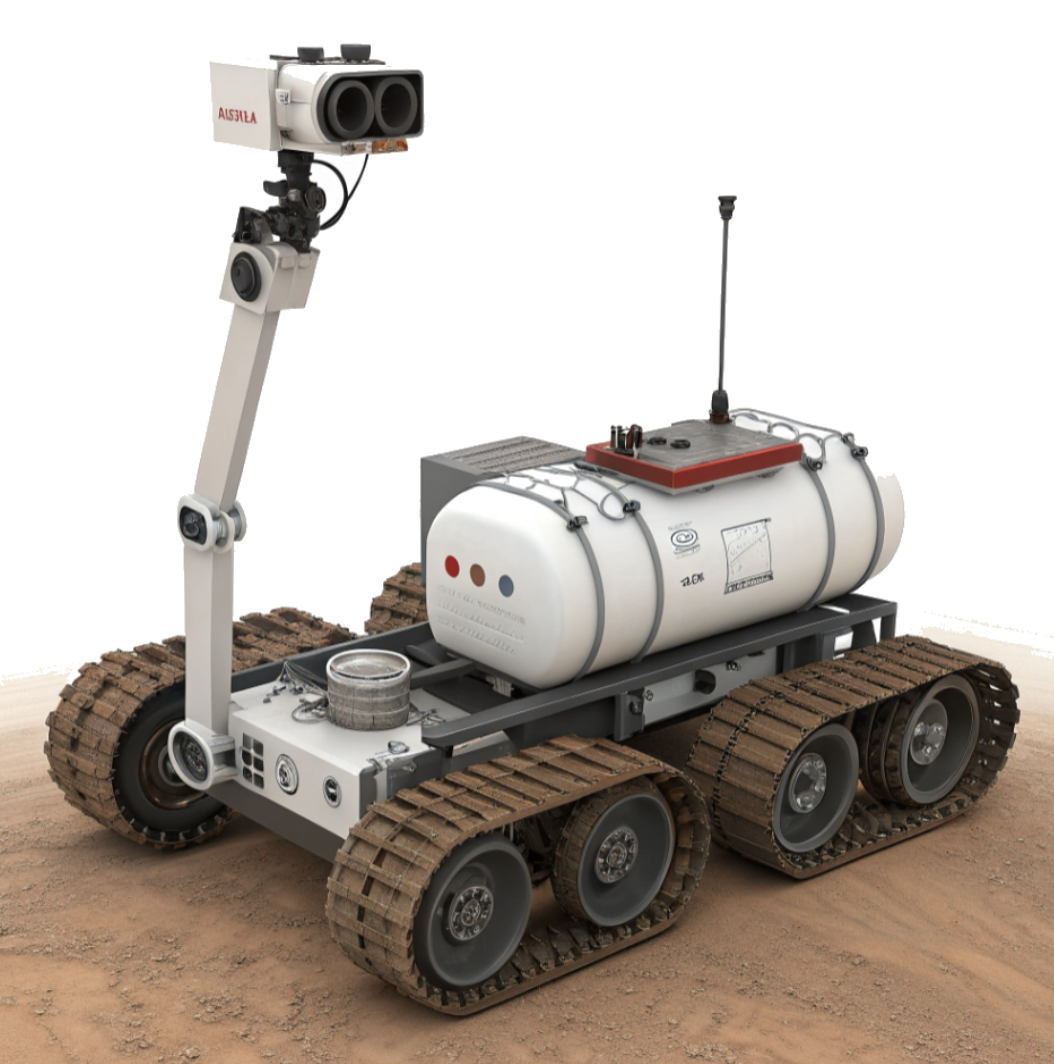Goal of the Project
The goal of our project is to develop a modular wildfire response system that improves the early detection and monitoring of hot spots, which are critical in preventing flare-ups and fire spread. Our system combines mobile sensor modules with a base display module, allowing distributed detection of temperature, smoke, carbon monoxide, and other key indicators of fire activity. By using ESP-Mesh networking, multiple mobile units can cover wide areas, relay information to one another, and transmit data back to a central screen where conditions are clearly visualized. This provides firefighters and fire-watch teams with real-time, field-level situational awareness that is often unavailable in remote or high-risk environments. Ultimately, the project supports wildfire suppression by enabling faster responses, reducing blind spots, and ensuring that hot spots are identified before they reignite into larger, more dangerous fires.
- ≤ 1 s alert latency (lab target)
- ≥ 99% message delivery over ≥ 100 trials
- ≥ 95% detection accuracy for chosen condition
- ≤ 3 actions to complete the core task
Audience of the Project
Our primary audience is frontline wildfire responders, including firefighters, fire-watch volunteers, and emergency management teams. These groups need rugged, easy-to-use technology that functions reliably in harsh outdoor conditions while providing actionable information at a glance. Secondary audiences include researchers and community stakeholders who can use the collected data for environmental monitoring, long-term fire prevention strategies, and public safety education. By tailoring our design for professionals in the field while also making it understandable for broader audiences, our project bridges the gap between advanced sensor technology and practical wildfire response. The ultimate aim is to create a tool that not only aids trained responders in critical situations but also demonstrates to the public the importance of hot spot detection in protecting lives, property, and ecosystems.
Concept Generation
Scrollable list. Click any idea to pin as a pop‑up note.
Temperature, smoke, CO, thermal camera, wildlife detection, lidar.
Solar backpack, swappable batteries, kinetic/hand‑crank, fuel‑cell.
LoRa/ESP‑Mesh, cellular/satellite fallback, SMS relay, repeater mode.
LED codes, siren + voice, haptic wristband, AR overlays.
Fire‑retardant, waterproof, dust/ash‑proof, shock‑absorbing.
Rovers, drones, balloon sensors, wearable modules, mast antenna.
GPS geotagging, collaborative map, AI spread modeling, overlays.
- Thermal camera ✦ (hidden hotspots)
- Smoke sensor
- Predictive AI fire spread modeling ✦
- GPS geotagging + collaborative mapping
- AR heads‑up display in goggles ✦
- LoRa mesh (no Wi‑Fi/cell required)
- Satellite uplink fallback
- Emergency siren + vibration wristband
- Rugged casing (fire/water/shock)
- Solar backpack power
- Swappable batteries
- Helmet‑integrated thermal display ✦
- Remote‑controlled rover
- Hybrid firefighting drone
- Cloud hotspot archive + real‑time dashboard
Visual (LED, overlays), auditory (siren/voice), tactile (haptics) for redundancy under stress.
Large glove‑friendly buttons, one‑button SOS, icon‑first screens, modular clip‑ons.
Fire‑retardant, waterproof, dust/ash‑proof, shock‑resistant; comfort via balanced wearables.
Quick‑start icons, intuitive color/sound codes, AR guidance, app simulator.
Concept Sketch

Product Description
Mobile sensor units with GPS and a raiseable sensor mast form a distributed detection fabric. An ESP‑Mesh backbone relays readings to a rugged base module with multi‑modal alerts and glove‑friendly controls. Roles align to the course structure: networking, HMI, sensing/actuation, and systems integration (power, runtime, terrain navigation).
